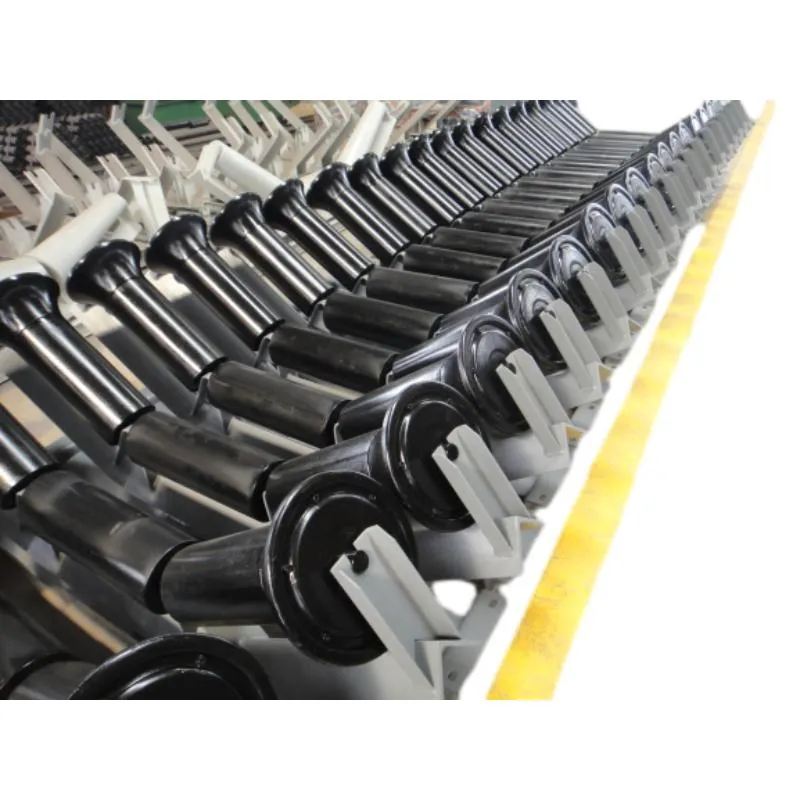 Afrikaans
Afrikaans  Albanian
Albanian  Amharic
Amharic  Arabic
Arabic  Armenian
Armenian  Azerbaijani
Azerbaijani  Basque
Basque  Belarusian
Belarusian  Bengali
Bengali  Bosnian
Bosnian  Bulgarian
Bulgarian  Catalan
Catalan  Cebuano
Cebuano  Corsican
Corsican  Croatian
Croatian  Czech
Czech  Danish
Danish  Dutch
Dutch  English
English  Esperanto
Esperanto  Estonian
Estonian  Finnish
Finnish  French
French  Frisian
Frisian  Galician
Galician  Georgian
Georgian  German
German  Greek
Greek  Gujarati
Gujarati  Haitian Creole
Haitian Creole  hausa
hausa  hawaiian
hawaiian  Hebrew
Hebrew  Hindi
Hindi  Miao
Miao  Hungarian
Hungarian  Icelandic
Icelandic  igbo
igbo  Indonesian
Indonesian  irish
irish  Italian
Italian  Japanese
Japanese  Javanese
Javanese  Kannada
Kannada  kazakh
kazakh  Khmer
Khmer  Rwandese
Rwandese  Korean
Korean  Kurdish
Kurdish  Kyrgyz
Kyrgyz  Lao
Lao  Latin
Latin  Latvian
Latvian  Lithuanian
Lithuanian  Luxembourgish
Luxembourgish  Macedonian
Macedonian  Malgashi
Malgashi  Malay
Malay  Malayalam
Malayalam  Maltese
Maltese  Maori
Maori  Marathi
Marathi  Mongolian
Mongolian  Myanmar
Myanmar  Nepali
Nepali  Norwegian
Norwegian  Norwegian
Norwegian  Occitan
Occitan  Pashto
Pashto  Persian
Persian  Polish
Polish  Portuguese
Portuguese  Punjabi
Punjabi  Romanian
Romanian  Russian
Russian  Samoan
Samoan  Scottish Gaelic
Scottish Gaelic  Serbian
Serbian  Sesotho
Sesotho  Shona
Shona  Sindhi
Sindhi  Sinhala
Sinhala  Slovak
Slovak  Slovenian
Slovenian  Somali
Somali  Spanish
Spanish  Sundanese
Sundanese  Swahili
Swahili  Swedish
Swedish  Tagalog
Tagalog  Tajik
Tajik  Tamil
Tamil  Tatar
Tatar  Telugu
Telugu  Thai
Thai  Turkish
Turkish  Turkmen
Turkmen  Ukrainian
Ukrainian  Urdu
Urdu  Uighur
Uighur  Uzbek
Uzbek  Vietnamese
Vietnamese  Welsh
Welsh  Bantu
Bantu  Yiddish
Yiddish  Yoruba
Yoruba  Zulu
Zulu Head and Tail Pulleys in Mechanical Systems Explained Simply
Understanding Head and Tail Pulleys in Conveyor Systems
In various industrial applications, conveyor systems play a crucial role in material handling and transportation. Among the many components that comprise these systems, head pulleys and tail pulleys are essential for the operation and efficiency of conveyors. This article delves into the functions, types, and significance of head and tail pulleys in conveyor systems.
Definition and Functions
A head pulley, often located at the discharge end of a conveyor, serves as the driving component that propels the conveyor belt forward. It is typically powered by a motor through a series of gears and pulleys. The rotation of the head pulley creates friction against the conveyor belt, enabling the movement of materials toward the desired location. In addition to generating motion, head pulleys also help in the transition of the material load from the conveyor to other processes, such as packaging, sorting, or storage.
Conversely, the tail pulley is located at the loading end of the conveyor and primarily serves as a support mechanism for the conveyor belt. It ensures proper tension in the belt, which is essential for maintaining smooth operation and preventing slippage. Additionally, tail pulleys help to guide the belt as it loops around the system, contributing to its overall stability and alignment.
Types of Pulleys
Both head and tail pulleys come in various designs to accommodate different industrial needs. Head pulleys can be classified based on their application, including drive pulleys, snub pulleys, and take-up pulleys. Drive pulleys are usually powered and create the primary motion for transporting materials. Snub pulleys aid in adjusting belt tension and improving the belt's alignment, while take-up pulleys are used to add tension to the belt, ensuring it remains taut and functional.
head pulley tail pulley

Tail pulleys can also vary, with the most common types being the return pulleys and the idler pulleys. Return pulleys are involved in the movement of the belt back toward the head pulley after it has discharged the materials. Idler pulleys, on the other hand, serve as guide points for the belt, ensuring that it remains stable throughout its cycle.
Significance in Industrial Applications
The efficient functioning of head and tail pulleys is vital for optimizing conveyor performance in various industries, including manufacturing, mining, and logistics. A properly functioning head pulley ensures that materials are transported effectively, minimizing downtime and increasing productivity. Any malfunction in this component can lead to delays, increased maintenance costs, and potential safety hazards.
Similarly, the tail pulley plays a crucial role in maintaining belt tension, which is essential for preventing excessive wear and tear. If the tail pulley fails to maintain adequate tension, it can lead to belt misalignment, increased friction, and ultimately, belt failure. Regular inspections and maintenance of both head and tail pulleys are necessary to ensure that conveyor systems run smoothly and efficiently.
Conclusion
In conclusion, head and tail pulleys are integral components of conveyor systems that significantly impact their operation and efficiency. Understanding their functions and types helps industries optimize their material handling processes. Whether driving the belt forward or providing support and tension, these pulleys are indispensable in ensuring that conveyor systems meet the demands of modern industrial applications. Regular maintenance and attention to these components can not only prolong the life of the conveyor but also enhance productivity in any operational setting. As industries continue to evolve, innovations in pulley design and functionality will undoubtedly contribute to more efficient and reliable material handling systems.
-
Revolutionizing Conveyor Reliability with Advanced Rubber Lagging PulleysNewsJul.22,2025
-
Powering Precision and Durability with Expert Manufacturers of Conveyor ComponentsNewsJul.22,2025
-
Optimizing Conveyor Systems with Advanced Conveyor AccessoriesNewsJul.22,2025
-
Maximize Conveyor Efficiency with Quality Conveyor Idler PulleysNewsJul.22,2025
-
Future-Proof Your Conveyor System with High-Performance Polyurethane RollerNewsJul.22,2025
-
Driving Efficiency Forward with Quality Idlers and RollersNewsJul.22,2025





























